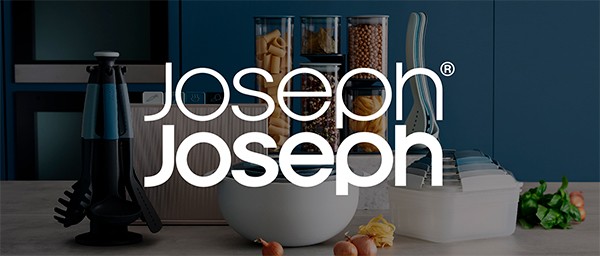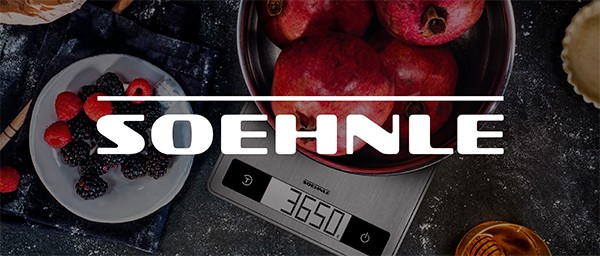Anxiety Treatment At Home
Understanding Anxiety: What’s Really Going On
Anxiety isn’t just “feeling worried” or “being a bit stressed.” It involves physiological, psychological and often spiritual dimensions. When your nervous system senses a threat (real or perceived), it sets off the fight-flight-freeze cascade: heart rate increases, breathing becomes shallow, muscles tense, thoughts race. The feeling is powerful because your body is doing exactly what it’s built to do—protect you. The problem is when that system stays activated too long, or when the “threat” isn’t one you can easily fight or flee (e.g., worry about relationships, finances, past trauma, future “what-ifs”).
If you’re in New Zealand and reading this, remember: feeling anxious does not mean you’re failing. It means you’re human. Your faith, your value, your God-relationship aren’t diminished because of anxiety. This is where practical tools and spiritual truth meet.
Home-Based Anxiety Support: A Multi-Layered Approach
You’ll find strategies organised by time-frame: immediate relief, short-term calming, and long-term resilience. Pick what feels doable now, and build from there.
Immediate Relief (0–10 minutes)
When anxiety spikes or you feel an acute wave coming:
-
Breathing regulation
- Sit or lean back in a safe, upright position.
- Put one hand on your chest, one on your belly. Focus on the belly rising more than the chest.
- Inhale slowly for 4 counts, hold 1–2 counts, exhale for 6–8 counts. Repeat 4-6 times.
- As you exhale, whisper: “Jesus, have mercy on me.” or “God, I bring this to You.”
- Why: Slow, controlled breathing helps shift the nervous system from high alert toward calmer processing.
- Sit or lean back in a safe, upright position.
-
Sensory grounding
-
Use the 5-4-3-2-1 method: notice 5 things you see, 4 things you feel, 3 things you hear, 2 things you smell (or imagine), 1 thing you taste
(or notice your mouth).
- Alternatively, hold something textured (a stone, a soft cloth) and focus on its texture, temperature, weight.
- Grounding shifts the brain’s focus from “threat” to “now.”
-
Use the 5-4-3-2-1 method: notice 5 things you see, 4 things you feel, 3 things you hear, 2 things you smell (or imagine), 1 thing you taste
(or notice your mouth).
-
Tension release / physical shift
- Clench fists for 3 seconds, release and feel your hands soften.
- Shrug shoulders up to ears for 5 seconds, then drop them.
- Splash cool water on face/wrists or step outside and feel the air.
- Movement sends signals to your body that “we are moving, not stuck in emergency.”
- Clench fists for 3 seconds, release and feel your hands soften.
-
Mental self-soothing statements
- Say quietly: “This is anxiety. I’ve been here before. It will pass.”
- Add: “I am not my anxiety. I am a child of God.”
- These statements help shift your mind from catastrophic mode to perspective mode.
- Say quietly: “This is anxiety. I’ve been here before. It will pass.”
Short-Term Calming (10–60 minutes)
Once you’ve taken those initial steps, plan for some recovery and settlement time. After a spike you’ll benefit from these supports.
-
Movement + nature
- Go for a 10-20 minute walk with some natural light (morning or afternoon if possible).
- As you walk, notice the ground beneath your feet, the air on your face.
- Thank God for one small good in the moment: the breeze, the bird, the light.
- Why: Movement helps use up excess adrenaline; nature and light help regulate mood.
- Go for a 10-20 minute walk with some natural light (morning or afternoon if possible).
-
Journal / brain-dump
- On paper or in a notebook, write: “What’s worrying me right now” and “What I am thankful for.”
- Don’t judge your worries—just list them. Then next to each, write: “One small next step.”
- End with a short prayer: “God, you know all of this. Help me. Amen.”
- On paper or in a notebook, write: “What’s worrying me right now” and “What I am thankful for.”
-
Create a calm environment
- Dim bright lights, put on gentle music or silence.
- If indoors, open a window for fresh air.
- Avoid caffeine, sugar spikes, alcohol for several hours after a spike.
- Choose an activity that soothes: reading a short piece of Scripture, quiet colouring, listening to worship.
- Dim bright lights, put on gentle music or silence.
-
Scripture & prayer focus
-
Read slowly and reflectively: “The LORD is close to the broken-hearted and saves those who are crushed in spirit.” (Psalm 34:18)
- Pray: “Lord, I bring my anxious thoughts to You. Calm my mind. Steady my heart.”
-
If you’re Catholic and that’s meaningful to you: consider spending a few minutes in Adoration or reading the Gospel quietly.
-
Read slowly and reflectively: “The LORD is close to the broken-hearted and saves those who are crushed in spirit.” (Psalm 34:18)
Long-Term Resilience (Days, Weeks, Months)
The goal here isn’t to eliminate anxiety entirely (that may not be possible in a fallen world) but to set up your life so your system is less reactive and you recover faster when anxiety arises.
-
Regular rhythm of rest and activity
- Aim for consistent sleep/wake times (when possible).
- Include gentle exercise most days (even 20 minutes counts).
- Get natural light morning or afternoon—outdoors if possible.
- Why: These habits support the nervous system and reduce baseline vulnerability.
- Aim for consistent sleep/wake times (when possible).
-
Limit stimulants and overload
- Reduce caffeine, especially after midday.
- Monitor alcohol use—though it may help short-term it often worsens anxiety later.
-
Set “screen boundaries”: check news/social media at set times only; otherwise disable notifications or apps that heighten worry.
- Create “quiet zones” in your home for 30 minutes a day—no screens, no multi-tasking.
- Reduce caffeine, especially after midday.
-
Mental health “exercise”
- Practice spotting unhelpful thoughts: “What if I fail?” “I must not feel anxious.”
-
Ask: “Is this thought helpful right now?” If not, replace with something balanced: “Feeling anxious doesn’t mean I’m failing.
I’m doing the next right step.”
- Consider working through a Christian-informed CBT workbook or faith-based therapy programme.
- Keep a “worry log” to note triggers, patterns, what helped.
- Practice spotting unhelpful thoughts: “What if I fail?” “I must not feel anxious.”
-
Build spiritual and community support
- Join a small group or Bible study: sharing your life reduces isolation.
- Talk with your pastor / priest / spiritual director about your anxiety—not only in crisis moments but routinely.
-
If you’re in the Catholic tradition: make use of the Sacraments (Confession, Eucharist, Anointing) as sources of grace and healing.
- Cultivate one or two trusted friends who know you’re working on anxiety and you can reach out to easily.
- Join a small group or Bible study: sharing your life reduces isolation.
-
Prepare a “tool-kit” for when anxiety comes
- Create a small envelope or card with your go-to grounding steps, breathing script, Scripture verse, and helpline numbers.
- Have a textured object or stress ball available.
-
Write ahead one emergency plan: “If anxiety becomes overwhelming, I will call [friend], walk outside for 10 minutes, then practice my
breathing for 5 minutes.”
- Review this plan every week or two so it feels familiar and accessible during the next wave.
- Create a small envelope or card with your go-to grounding steps, breathing script, Scripture verse, and helpline numbers.
Faith and Anxiety: How They Intersect
It can be tempting to believe that if you have faith, anxiety “shouldn’t happen” or that your anxious feelings mean you’re lacking somehow. That is not true.
-
Even Jesus felt troubled (John 11:33-35) and the Psalmist cried out in distress (Psalm 42:11: “Why, my soul, are you downcast?”).
- God’s love for you is not conditional on “how calm you are.” It is grounded in grace.
-
Looking for help—through counselling, self-care, spiritual practices—is not evidence of weak faith. It’s evidence of wise faith.
Bringing your anxiety into the presence of God doesn’t mean it disappears instantly—but it means you’re held in the midst of it. You’re invited to rest, to breathe, to feel safe enough to reach out, to trust that healing is offered in your present space and in community.
When Home Supports Aren’t Enough
While many people benefit greatly from home-based strategies, there are times when professional support is vital:
- If anxiety significantly interferes with work, relationships, daily routines.
- If you’re avoiding essential places or people out of fear of anxiety.
- If you experience panic attacks that feel life-threatening, or you fear you may harm yourself or others.
- If physical symptoms are severe and you’re unsure whether it’s anxiety or something else (a heart condition, for example).
In New Zealand, you can contact:
- Free 24/7 support: text or call 1737.
- Lifeline NZ: 0800 543 354 (text HELP to 4357).
- Suicide Crisis Helpline: 0508 TAUTOKO (0508 828 865).
- Speak with your GP or doctor about a referral to a psychologist or psychiatrist.
- Christian-friendly counselling services: look for the NZ Christian Counsellors Association directory.
Summary: A Gentle Next Step
Pick one thing from this guide that feels doable today—maybe five minutes of paced breathing, or a ten-minute walk outside. Then reach out to one person (friend, pastor, family) and say: “I’m working on anxiety. Could you check in with me this week?” The combination of immediate action + connection + faith-friendly approach is powerful.
You’re not defined by anxiety. You are a whole person—body, mind, spirit—and each part matters. With compassion, support, and the right tools, you can live with greater calm, clarity, and hope.
Disclaimer: This guide is for educational and general well-being support. It is not medical advice. If you have concerns about your safety, or if the anxiety is severe, please contact emergency services or a qualified health professional immediately.



.jpg)

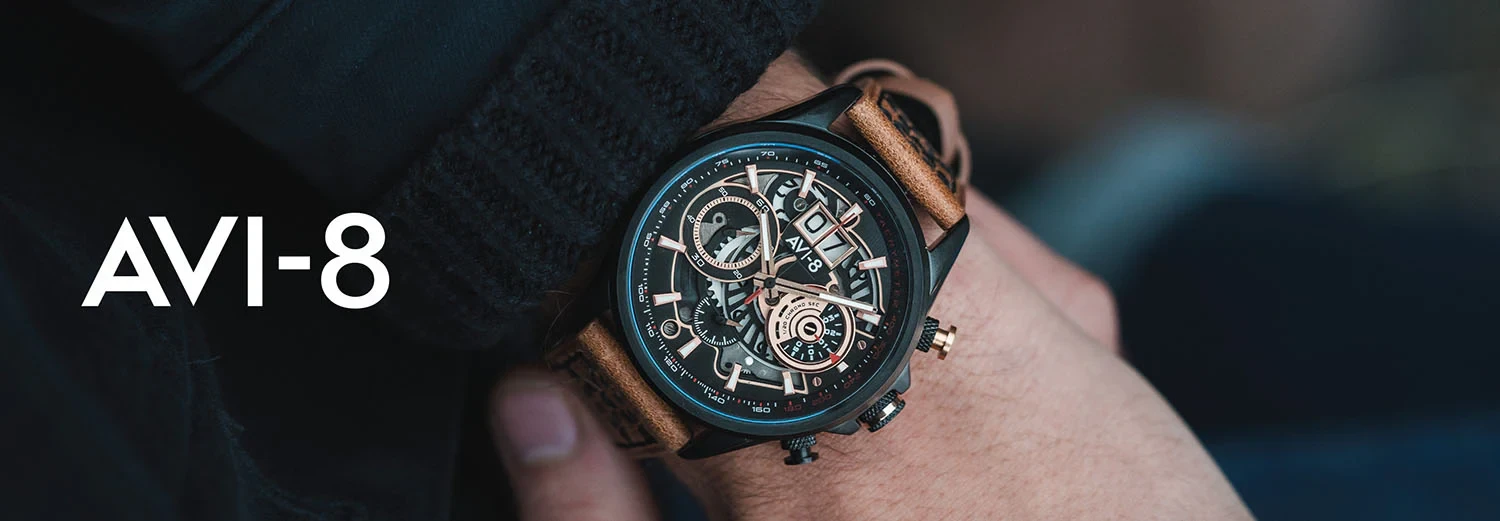







.jpg)





.jpeg)





.jpeg)



.jpeg)








.jpeg)



.jpeg)

.jpeg)

.jpeg)

.jpeg)




.jpeg)
.jpg)
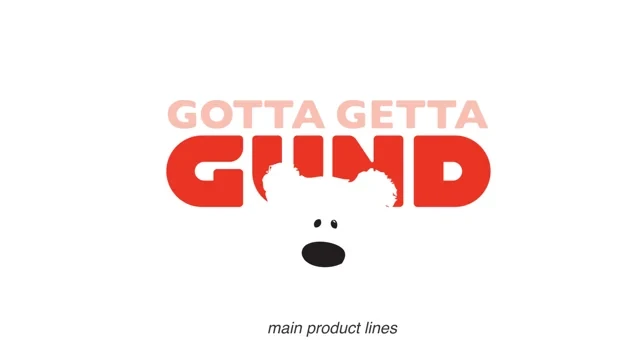
.jpeg)






.jpeg)
.jpeg)




.jpeg)





.jpeg)


.jpeg)

.jpeg)

.jpeg)

.jpeg)


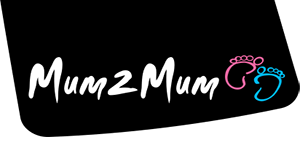




.jpeg)
.jpeg)
.jpeg)





.jpeg)



.jpeg)


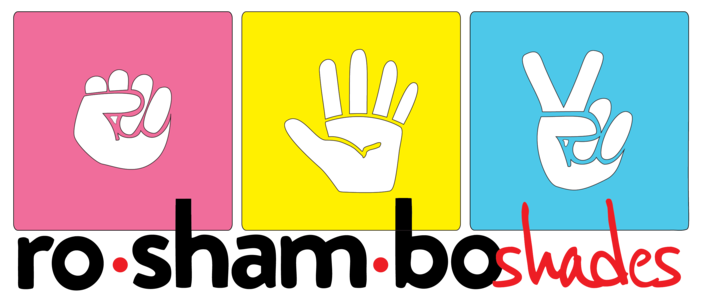

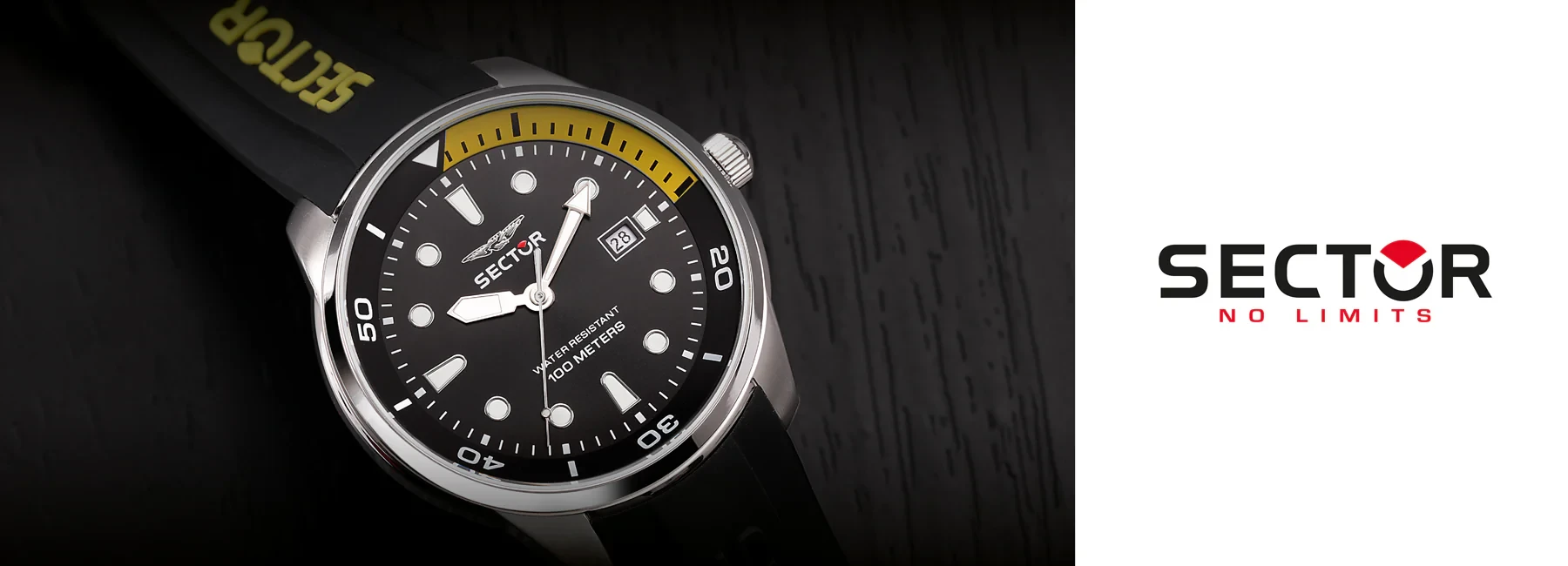

.jpg)
.jpeg)








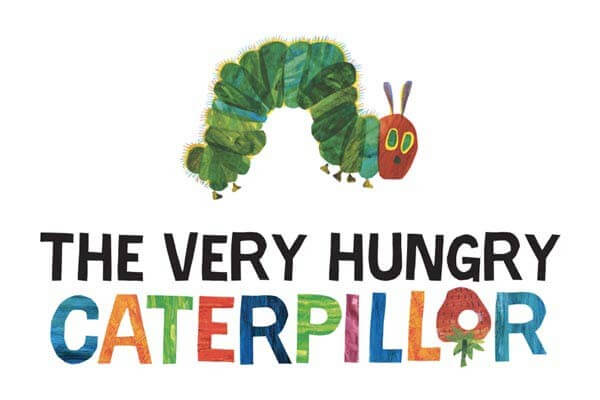
.jpg)


ulva-Logo.jpg)




.jpeg)
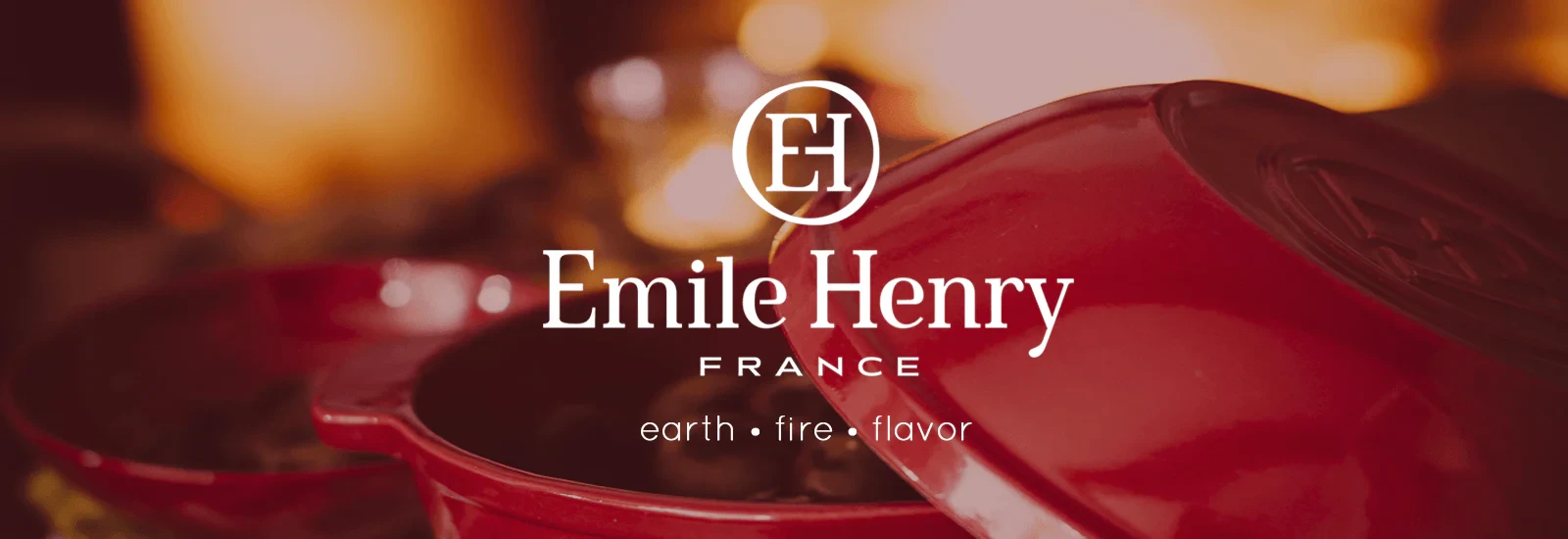


.png)
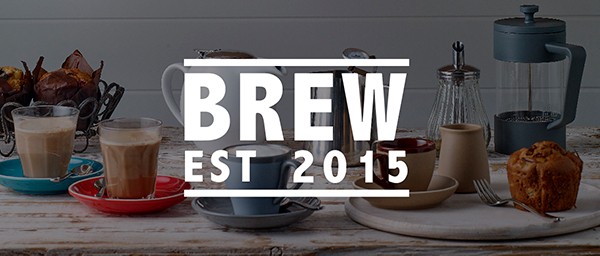




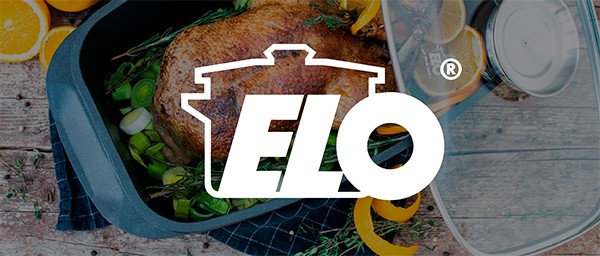


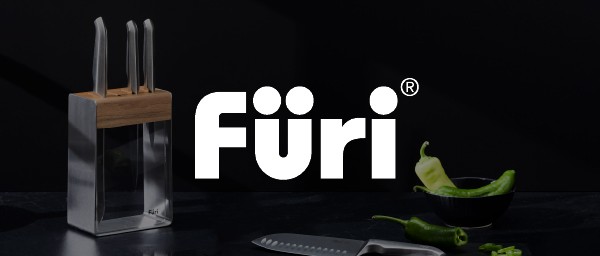

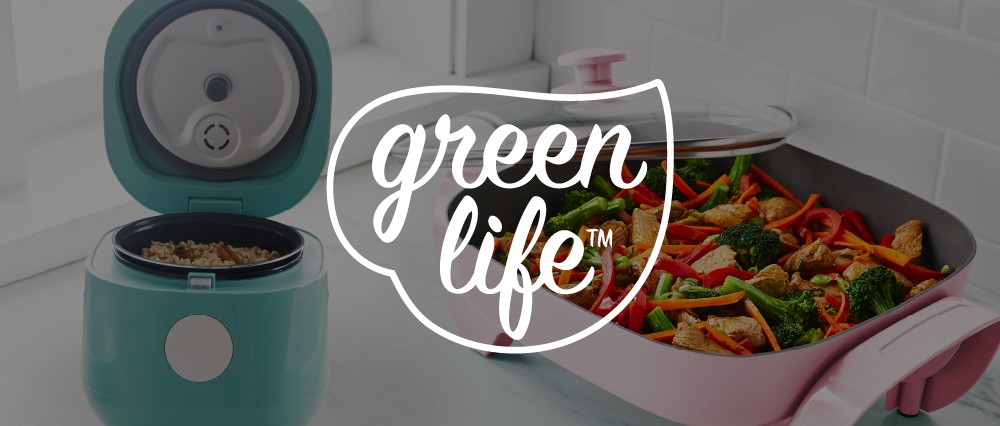

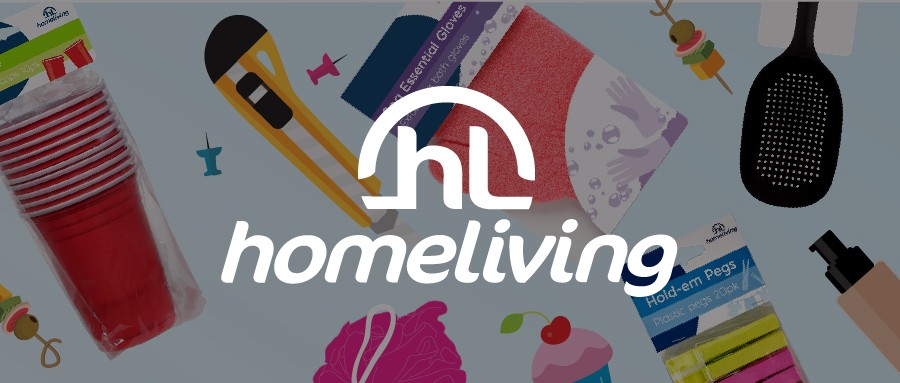


.png)
